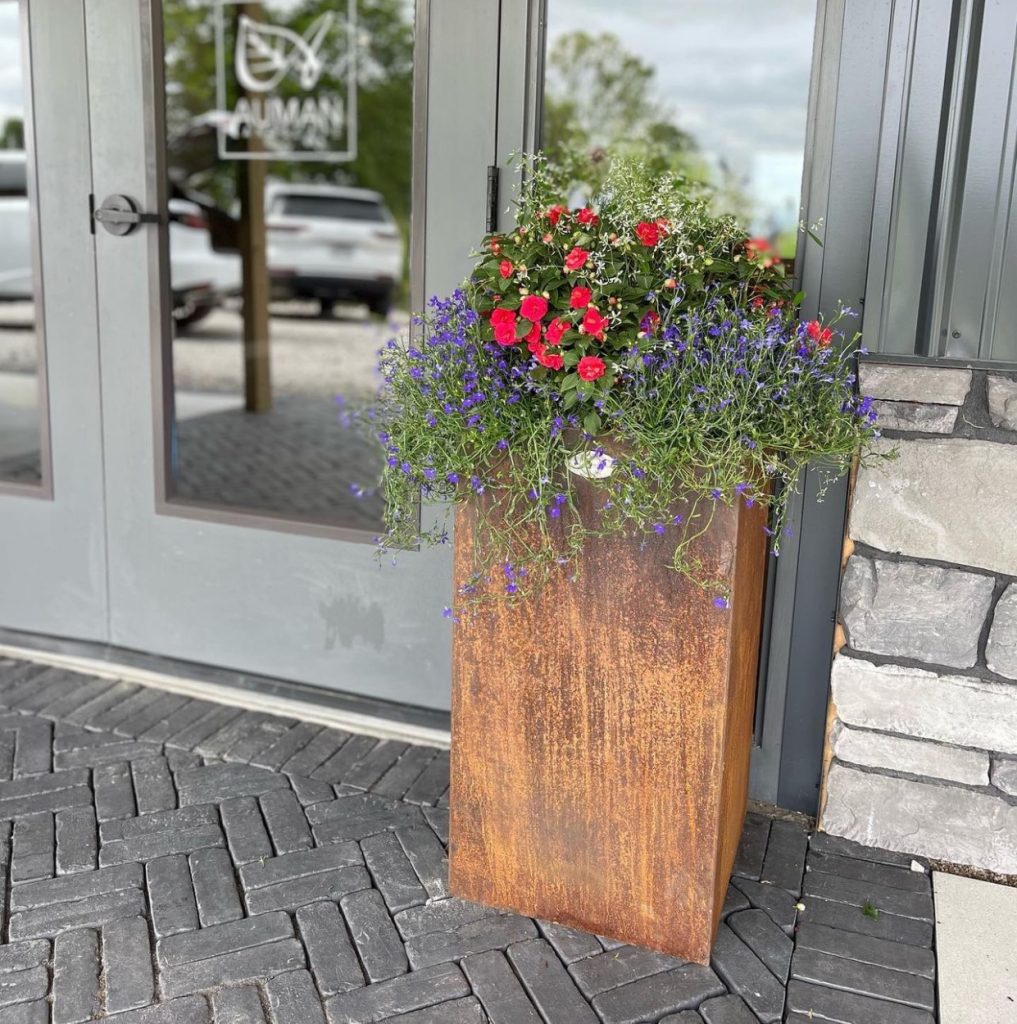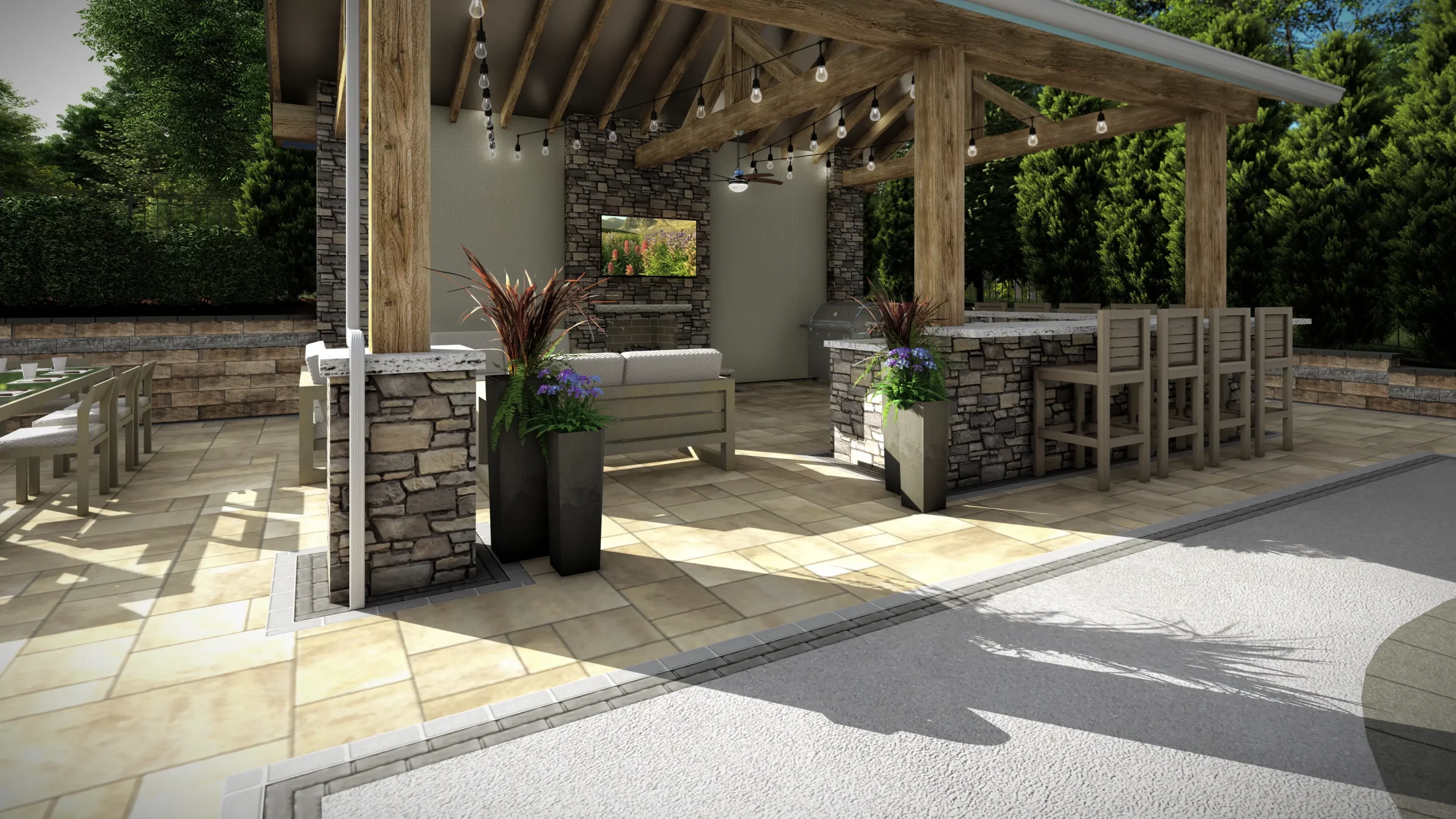When choosing materials for landscaping, construction, or design projects, the decision often comes down to durability, aesthetics, maintenance, and cost. While alternatives like aluminum, stainless steel, and concrete each have their merits, Corten steel stands out as the superior option for many applications. Here, we’ll explore why Corten steel is the preferred choice and compare it to the competition.
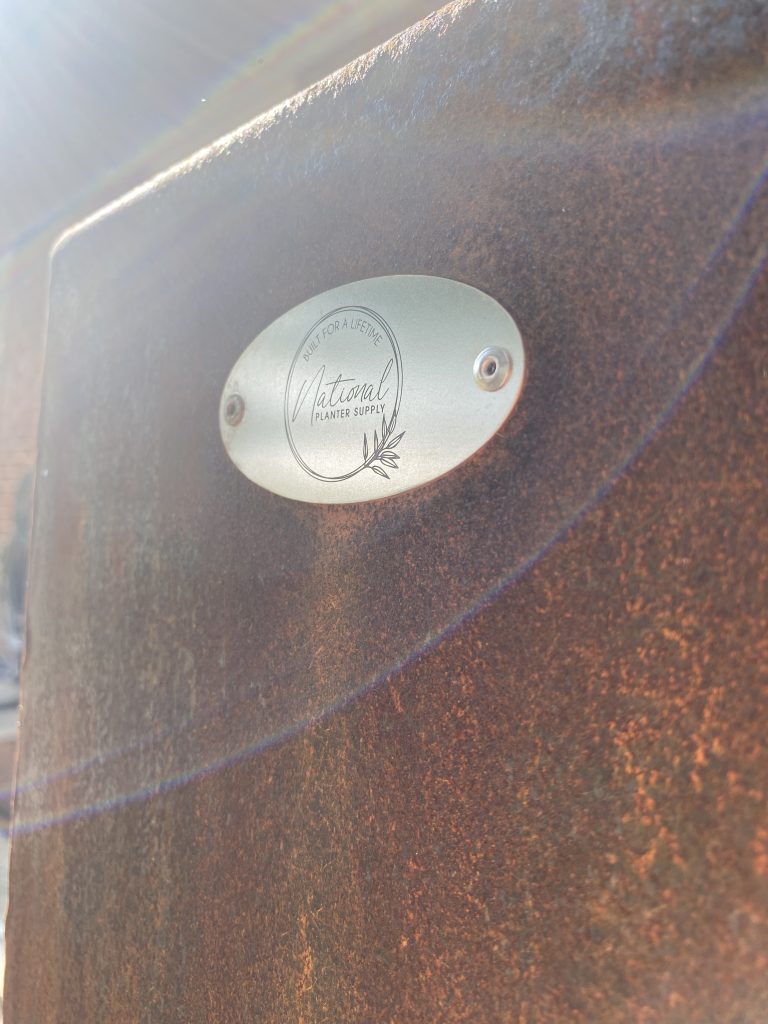
Corten Steel
Corten steel, also known as weathering steel, is a high-strength material that forms a protective rust-like patina when exposed to the elements. It is frequently used in landscaping, architectural features, and outdoor furniture, offering a combination of beauty and performance that other materials struggle to match.
Advantages:
- Unparalleled Aesthetic Appeal: The natural rusted patina provides a warm, earthy look that evolves over time, creating a dynamic and visually striking element in any project.
- Exceptional Durability: Corten steel’s protective patina ensures resistance to corrosion and weathering, making it long-lasting even in challenging climates.
- Minimal Maintenance: Unlike other materials, Corten steel’s patina eliminates the need for painting, sealing, or frequent upkeep.
- Eco-Friendly Choice: 100% recyclable, Corten steel aligns with sustainable design practices, reducing environmental impact.
- Prestige and Timelessness: Its use in high-end landscaping and architectural projects underscores its reputation as a premium material.
Disadvantages:
- Rust Runoff: The patina can cause staining on nearby surfaces during the initial weathering phase, though this can be managed with proper design planning.
- Weight: Heavier than aluminum, but this adds to its robustness and structural integrity.
Best For: Garden bed edging, planters, sculptures, and modern architectural elements where quality and aesthetics are top priorities.
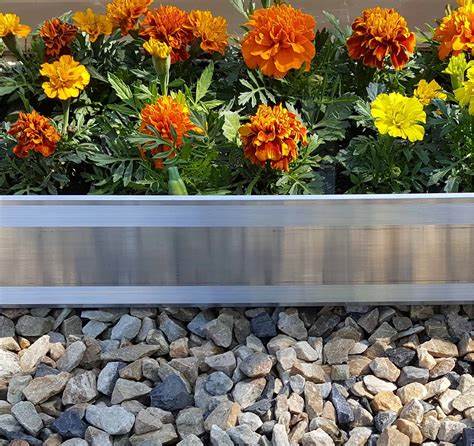
Aluminum
Aluminum is a lightweight, non-corrosive metal often used in modern construction and outdoor furniture. While functional, it lacks the character and robustness of Corten steel.
Advantages:
- Lightweight: Easy to transport and install.
- Corrosion Resistance: Naturally resistant to rust.
- Cost-Effective: Typically less expensive than Corten steel.
Disadvantages:
- Lower Strength: Aluminum is not as strong or durable as Corten steel, making it less suitable for heavy-duty applications.
- Lacks Aesthetic Depth: Aluminum’s modern, minimal appearance cannot compete with the rich, natural patina of Corten steel.
- Prone to Damage: Its softness makes it more susceptible to dents and scratches.
Best For: Lightweight structures and budget-conscious projects where aesthetics are less critical.
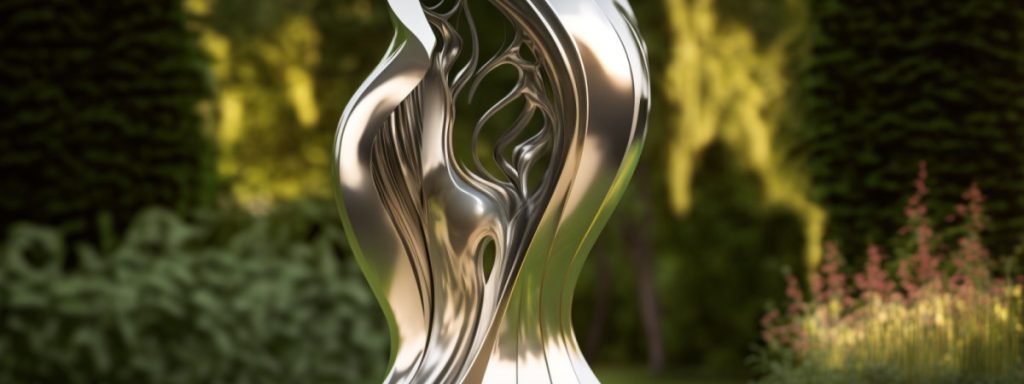
Stainless Steel
Stainless steel is known for its high strength and resistance to corrosion, but its polished, industrial look may not suit all design goals.
Advantages:
- High Strength: Suitable for heavy loads and extreme conditions.
- Corrosion Resistance: Resists rust and staining, even in harsh environments.
- Polished Appearance: Ideal for sleek, modern designs.
Disadvantages:
- High Cost: Stainless steel is significantly more expensive than Corten steel, offering less value for money.
- Cold, Industrial Aesthetic: Its shiny finish lacks the natural warmth and integration with outdoor environments that Corten steel offers.
- Weight: Heavier than aluminum and challenging to work with.
Best For: Premium, high-end applications where cost is not a concern.

Concrete
Concrete is a versatile and affordable material used in a wide range of projects, but it cannot match the aesthetic or performance benefits of Corten steel.
Advantages:
- Affordability: One of the most cost-effective materials available.
- Durability: Resistant to weathering, fire, and impact.
- Versatility: Can be molded into various shapes and finishes.
Disadvantages:
- Aesthetic Limitations: Concrete lacks the rich, evolving patina of Corten steel.
- Cracking: Prone to cracking over time, requiring maintenance and repairs.
- Heavy and Bulky: Difficult to transport and install compared to Corten steel’s streamlined options.
Best For: Foundational or utilitarian elements where aesthetics are secondary.
Head-to-Head Comparison
| Feature | Corten Steel | Aluminum | Stainless Steel | Concrete |
|---|---|---|---|---|
| Aesthetic Appeal | Warm, evolving patina | Minimal, modern | Industrial, polished | Neutral, plain |
| Durability | Exceptional | Moderate | Very High | Moderate |
| Weight | Heavy, robust | Lightweight | Heavy | Very Heavy |
| Cost | Great value for quality | Low to Moderate | High | Low |
| Maintenance | Minimal | Low | Very Low | Moderate |
| Corrosion Resistance | High (protective patina) | Very High | Very High | N/A |
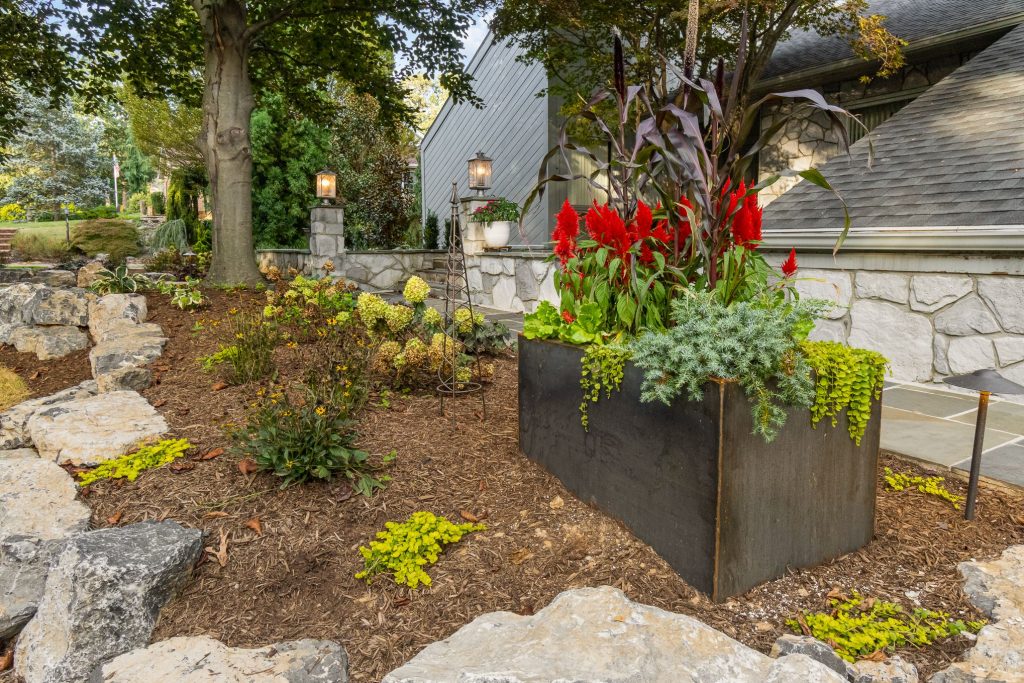
Why Choose Corten Steel?
Corten steel outperforms aluminum, stainless steel, and concrete in key areas such as aesthetics, durability, and long-term value. Its unique combination of beauty and functionality makes it the superior choice for projects that demand both style and substance.
- For Aesthetic Excellence: The warm, evolving patina of Corten steel is unmatched, creating a timeless appeal that enhances any design.
- For Long-Term Durability: The protective rust layer ensures Corten steel stands strong for decades with minimal maintenance.
- For Sustainability: Its recyclability and long lifespan make it an eco-conscious choice.
Whether you’re designing a modern landscape, crafting elegant garden bed edging, or creating striking architectural features, Corten steel offers the perfect balance of form and function. Choose Corten steel for a material that delivers on quality, performance, and aesthetic appeal.
